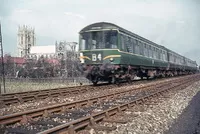Class 104 BRC&W 2, 3 & 4-car DMUs
Operations - North Eastern Region
The North Eastern Region received 5 twins and 26 quad sets — 114 new Class 104 vehicles in total.
They would be delivered in 1958 and 1959 to Bradford Hammerton Street, Darlington, Hull Botanic Gardens, Hull Springhead, Leeds Neville Hill, South Gosforth and York depots. The only depots on the Region to have a first generation DMU allocation, that never had 104s, were Heaton, Manningham (Bradford) and Sunderland.
Only three LMR Class 104 vehicles would spend time allocated to the NER: 50462 (Neville Hill and South Gosforth, 1968-1978), 59144 (1989) and 59168 (1988-1989, both at Neville Hill).
The North Eastern Region became part of the Eastern Region in 1967, from 1969 NER vehicles would be allocated to Stratford and Norwich depots. This page only deals with the NER part, a detailed look at the Class in East Anglia can be found on the Birmingham Railcar Workgroup website.
The (former) Region retained a Class 104 allocation for 24 years, until June 1982.
1958
In May 1958 the five power-trailer sets (E50594-8 with E56185-9) were delivered. The first three went to 50A (York), although this was very short lived as they were transferred to 56G (Bradford Hammerton Street) the same month where the other two sets were delivered.
Note that the power car numbers in the power-trailer sets were higher than the four-car sets, despite being delivered first.
In June, the four-car sets began to be delivered, deliveries of these would take nine months continuing until March 1959 when the 26th set was received. Listed by the lowered numbered DMCL, these were first allocated to:
Darlington (2 sets) - 50542/4
South Gosforth (6 sets) - 50543/5/6 50555/6 50587
Hull Springhead (16 sets) - 50547/8/9 50550/1/2/3/4/7/8/9 50560/1/3 50585/8
York (1 set) - 50584
Leeds Neville Hill (1 set) - 50586
While the two-car sets all seem to have been delivered without whiskers, the four-car sets all had whiskers from new. These two images show new quad sets at Hull Springhead circa September 1958.
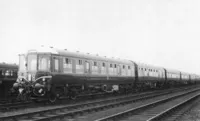
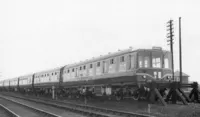
On 30 July a four-car set (50568 + 59214 + 59193 + 50547), with another attached, was noted on a Hull - Scarborough service. An image of this working can be found on the BRC&W website.
In August, two of the South Gosforth four-car sets moved to Hull Springhead and all five twins moved from Hammerton Street to Darlington.
Four-car sets were introduced to York - Harrogate services on 18 August to steam timings[1][2]. The change would result in Starbeck losing three steam turns, but gaining two diesel one, one of which was noted as a possibility for the shortest day's work on the country — the crew only taking a set from Harrogate to York then returning passenger. Not all the services were DMUs, the 12.24 and 8.30pm ex-York and 3.40(SX) and 5.14pm ex-Harrogate were still steam.[3]
On the same day the Darlington two-car sets began working between Newcastle and Sunderland, and Sunderland - South Shields.[4]

The embedded image shows E50547 on the 12.10pm Leeds-Harrogate at Collingham Bridge on Saturday 23 August 1958. It was noted as the first diesel working, suggesting they were introduced to Leeds - Harrogate workings on that day. Unknown / Transport Treasury.
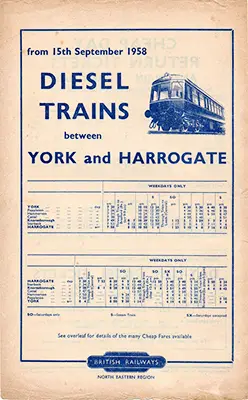
The Region had introduced "Day-Line Diesel Tickets" in May to encourage the public to use the new diesel trains. These proved very popular, seeing them extended to the end of the year, because of the considerable amendments with the winter timetable on 15 September the pamphlet was re-issued.[5]
By October four-car sets were noted working on Newcastle - Middlesbrough services.[6]
In early November one twin set moved from Darlington back to Hammerton Street.
On 30 November Hull Springhead closed, and its entire DMU allocation (142 vehicles of types 104, 105 and 108) were moved to Hull Botanic Gardens, all except one four-car Class 104 (50557 + 59203 + 59224 + 50578) which moved to 50A York. On the same day, three of the twins at Darlington moved to South Gosforth, leaving it with just one twin (and two quads).
In December, seven Hull four-car sets moved to Neville Hill depot at Leeds, the first DMUs to be allocated there.
1959
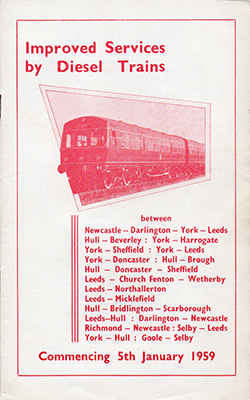
The year started with Neville Hill receiving its only new four-car set, allowing one of the sets it had received from Hull the previous month to move to South Gosforth.

On 6th July a circular tour was introduced running daily (except Saturdays) from Scarborough to Pickering and Whitby. On the first day, it carried just twelve passengers on the four-car set, and mainly due to a lack or advertisement the most it carried in the first two weeks was thirty-six.[7]
The image shows two four-car sets, thought to be between Grosmont and Goathland on an excursion, date unknown.
YK Set
In 1959 some two-car (see image below) and four-car (see this image on flickr) sets were noted with 'YK Set' painted in both sides of the cab front next to the marker lamps.
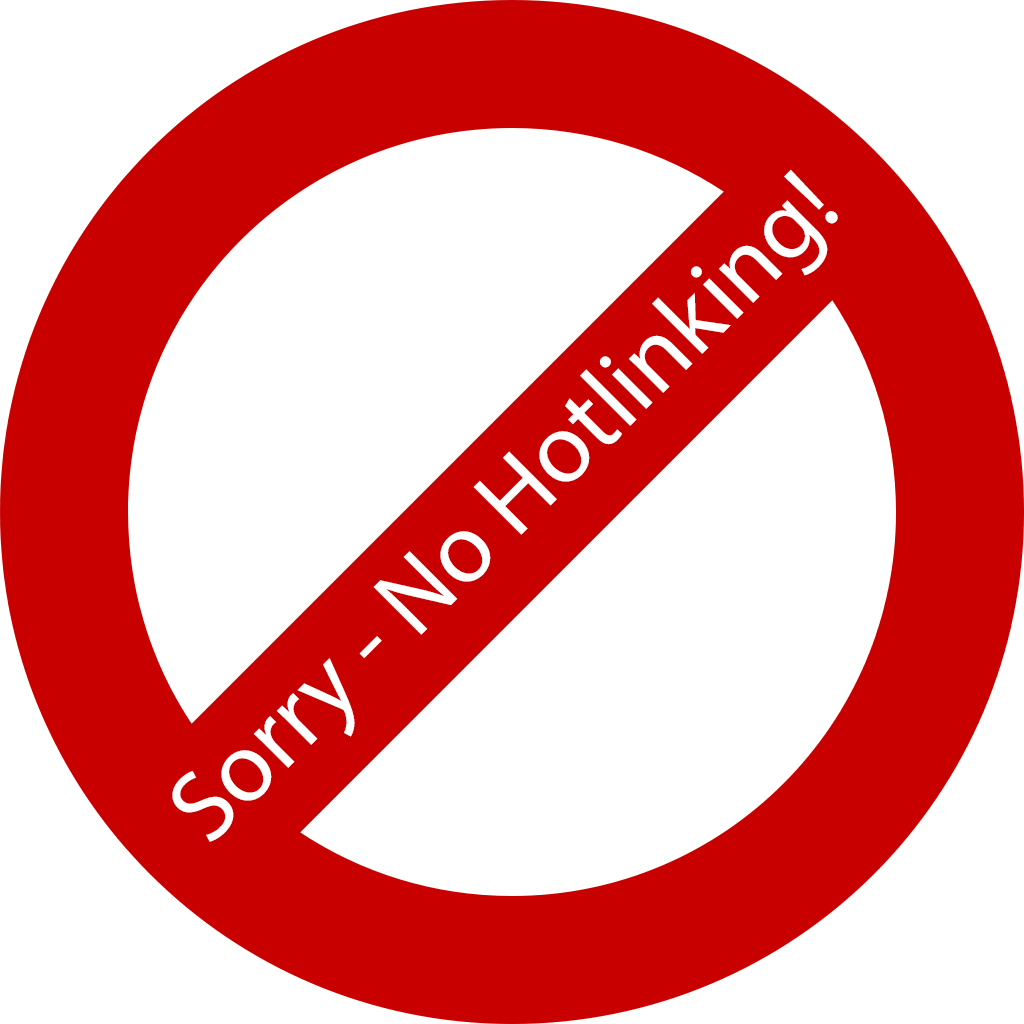
The image shows E50594 and presumably E56185, its partner for the first few years, stabled at Selby on 2nd May 1959. To the right of the marker light it has text which should read "YK Set". Keith Long.
1960
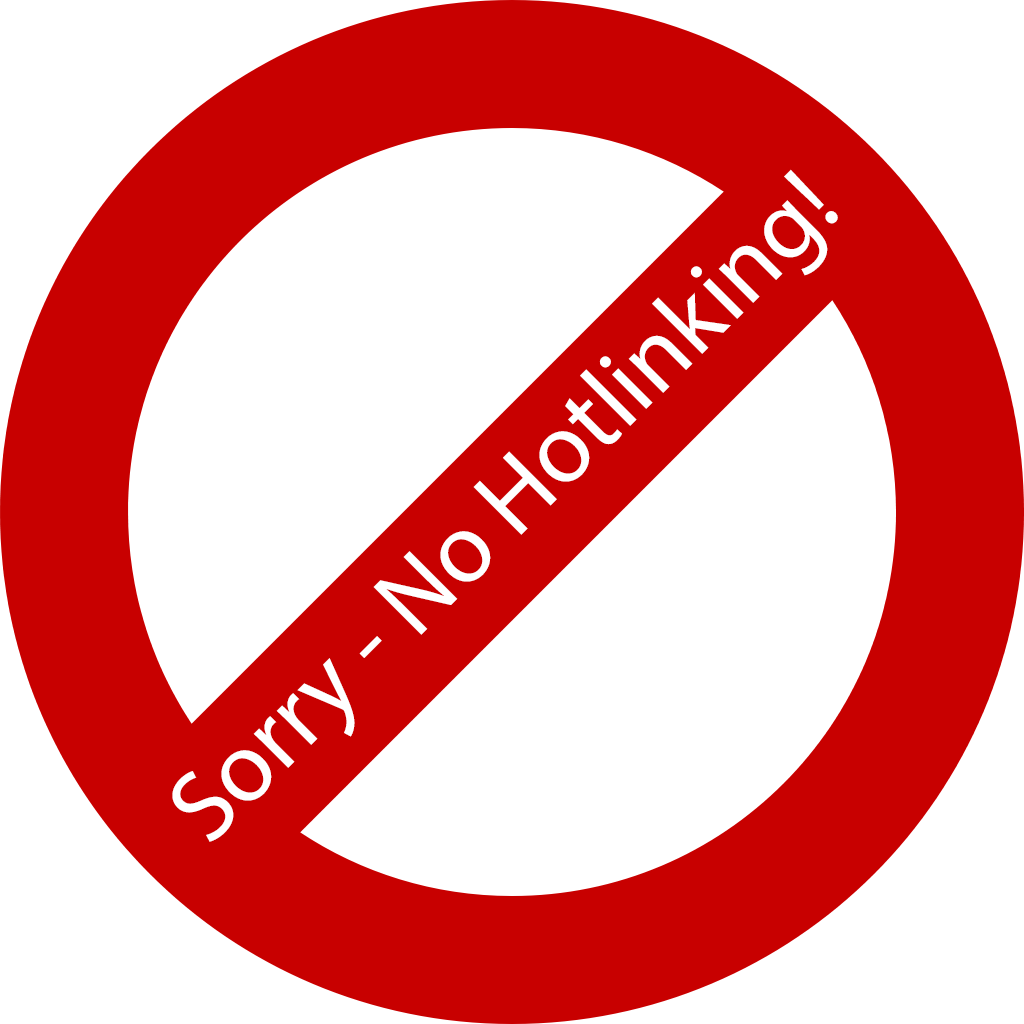
The image shows E50592 departing from the sidings at Neville Hill at the head of an ECS for Leeds City station on 5 February 1960. Keith Long.
In March Neville Hill received 30 vehicles, possibly as the modernisation of the depot was complete. They came from Darlington, South Gosforth and York and formed one two-car (50594 + 56185) and seven four-cars, bringing the depot total to one twin and thirteen quads, 54 vehicles in total — almost half of the Region's fleet.

In 25 April 1960 E50554 was involved in a serious collision at Garforth and Micklefield. The front end was severely stoved in, but it would be repaired. An image of the damaged vehicle can be found on the BRC&W website, and the accident report can be found on the Railways Archive website.
The colour image, taken from a publicity brochure courtesy of Kevin Dowd, shows some kids enjoying sharing the drivers view from a Class 104. The formica on the bulkhead, as well as the pattern of the moquette, identifies it as an NER set. The lack of vinyl on the seats identifies it as first class seating. With mainly four-car sets which had a DMCL at each end, the first class area was immediately behind the driver on 109 of the Region's 114 vehicles.
Hybrids
Formations, with mixed vehicle types, became as normal as unadultered sets. Vehicles from Met-Camm and Derby four-car sets could be found mixed into the BRC&W sets, and even three-cars were noted — such as a Met-Camm TBSL between two BRC&W DMCLs. A Class 104 power car standing in for a 124 power car on a Trans-Pennine set was not unknown.
Scotland
In October a Darlington four-car set, E50586 + 59232 + 59242 + 50591, went on loan to Hamilton depot. They returned in January 1961.

E50586 at Stockton in 1960. Note the end steps still fitted to the adjacent trailer brake second. Steve Davies Collection.
1961
Darlington twin set E50598 + E56189 went on loan to Cambridge Depot (31A) in June 1961, returning in October.
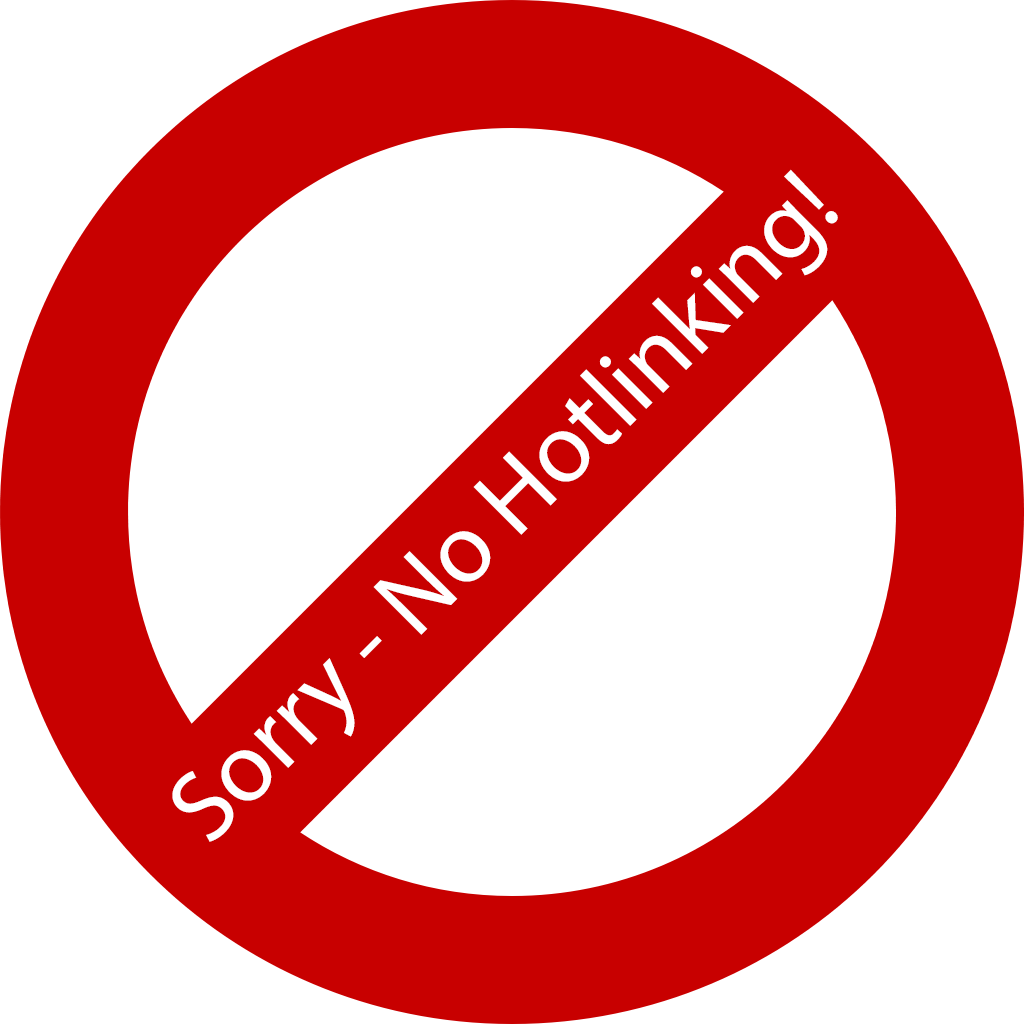
Night maintenance in Neville Hill depot. A fitter adjusts the tappets on a Leyland 680 engine, fitted to a DMBS from the batch of five driving trailer sets. British Railways.
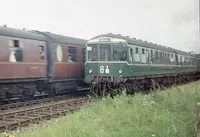
A twin with another set on the rear, possibly a Cravens, at Flamborough with Hull on the destination blind. Undated, probably very early 1960s. Stuart Mackay Collection.
1962
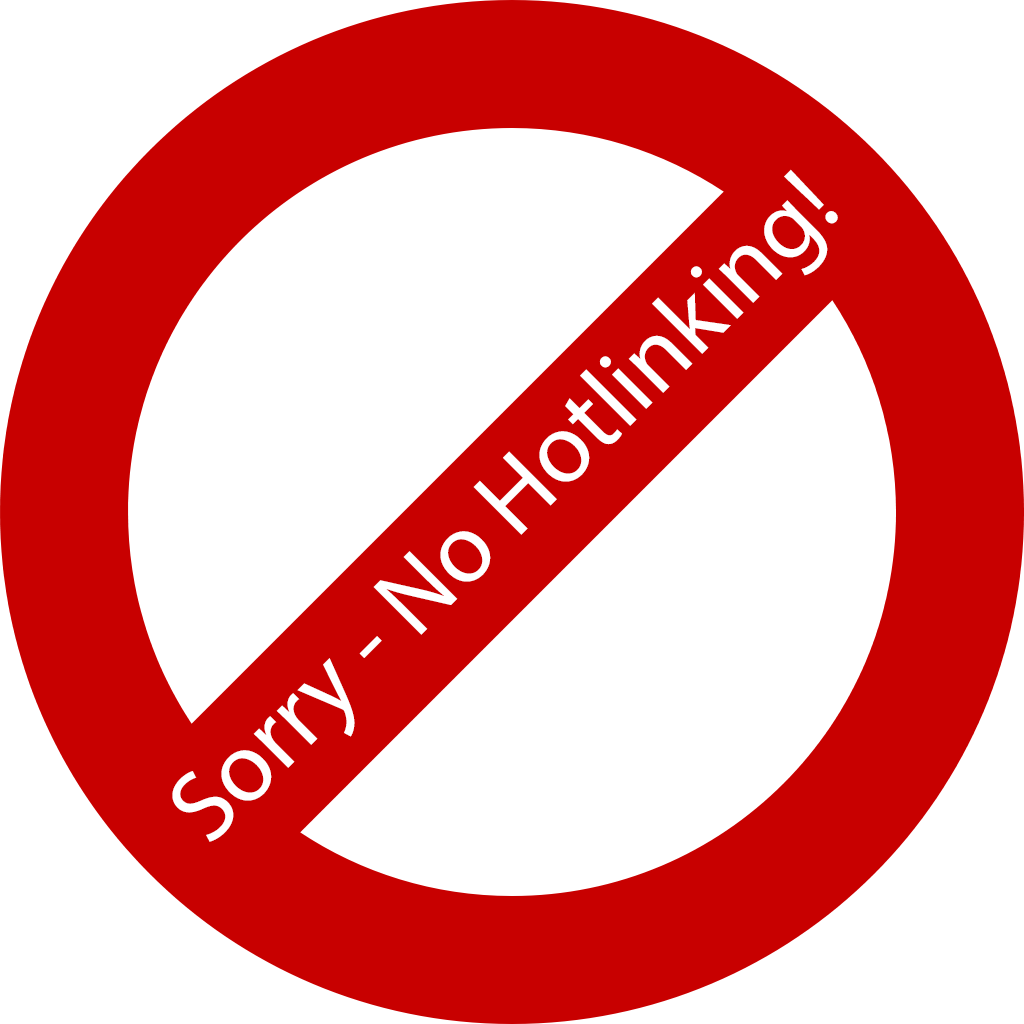
E50584 stabled at Neville Hill 28th July 1962. Keith Long.

In October a four-car set (that included E59226) ‘split’ a set of wrongly clamped points at Hessle Road, Hull. Mick Nicholson.
Neville Hill four-car set E50553 + 59199 + 59220 + 50574 went on loan to Derby depot (17A) in November, returning in December.
1963
The first of the Region's vehicles was withdrawn on the 9th March, TBSL 59222 from Neville Hill. A couple of sources note the withdrawal date as 9/3/62 — a year earlier. This 1962 date appeared in a Railway Observer list of withdrawn vehicle published in 1965[8] and in the Roger Harris allocation book [9]. However, more contemporary sources date it as 1963, it appeared in the stock alterations in the May 1963 SLS Journal[10] and May 1963 Modern Railways[11].
The reason for the withdrawal is unclear. The Harris books notes it was "Seriously damaged in a collision in 3/62", there are no accidents with NER DMUs recorded on The Railways Archive for that month, but that does not rule out accidents on depots etc. It was cut up at York C&W Works in December 1963.
Neville Hill four-car set E50548 + 59194 + 59215 + 50569 went on loan to Derby depot (16C) in October, it returned to the NER at Darlington in December.
1964
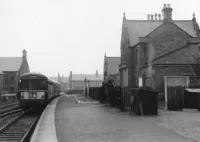
The image shows a BRC&W / Met-Camm twin DMU in Newbiggin station (Northumberland) on 19 March 1964, the year it closed, probably on a service to Newcastle.
Hull Docks railtour
On 10 October 1964 a Neville Hill four-car set (with power cars E50577 and E50589) operated the RCTS Hull Docks railtour, which ran from Hull Paragon to various local locations in the area. Although not part of the tour, the same four-car set was used on the 09:35 Hull - Hornsea and 10:15 return. For that part normal tickets were required, the RCTS promoted the journey as the line was to close a few days later. A similar arrangement with a regular ticket was made after the main tour for the Withernsea branch, also closing at the same time, using the 17:35 service train, but the normally ECS return working became an RCTS special with 55 on board departing at 18:36 and reaching Hull at 19:01. The main tour carried 190 participants, and was noted at the time as the slowest railtour ever, taking 5 hours 35 minutes to cover 28 miles and 17 chains, an average speed of just 5mph.[12]
1965
A very useful survey of all DMUs by D.W. Allen appeared in 1965 issues of The Railway Observer. The allocations and normal workings of the at the time of the NER 104s were recorded as:[13]
50C (Hull Botanic Gardens)
E50550/1/4/7/62 ) ( E59196/7, 59200/3-8 E50571/2/5/8-83 ) ( E59218/8/21/4-9 E50585/90 E59231/41
Along with 31 Cravens twins and 2 108 4-cars, all used on Hull - Leeds City, Hull - York, Hull - Scarborough, Hull - Brough (and before closure Hull - Withernsea and Hornsea).
51A (Darlington)
50598-9 with E56189-90
Along with Met-Camm two-cars, they were used on Richmond, Crook branches, Durham - Bishop Auckland and at one time Darlington - Middleton-in-Teesdale.
52J (South Gosforth)
50588/93 59234/44 50596/7 56187/8
No regular workings recorded for these
55H (Neville Hill)
50542-9/52/3/5/6 ) ( 59188-95/8/9, 59201/2 50563-70/3/4/6/7 ) ( 59209-16/9/20/3
On Leeds City - York and Hull
50584/6/7 ) ( 59230/3/2 50589/91/2 ) ( 59540/3/2 50594 56185
It's unclear if these were included with above workings
The same article noted that most now carried the NE prefix.
In late summer 1965 (perhaps with the introduction on the September winter timetable?) the only allocation change of the year took place, two of Neville Hill's four-cars moving to Botanic Gardens.
Allocation Anomalies
When compiling the allocations for the individual vehicles from official sources. I come across many anomolies, many of which could be cleared up through further research. There is one concerning two Eastern Region DTCL vehicles which needs explanation.
This particular anomaly came to light as 56187 was show as transferred from South Gosforth to 55H (Neville Hill) on 16/06/68, yet the last recorded move was when it went on loan from 51A to 55H in September 1960. So how did it get from 51A/55H to South Gosforth and when? Was I missing an ex-loan move and then a move to South Gosforth? Or did something else happen?
First of all I check that what I entered into the database is correct. And indeed it was, two sources confirming that in September 1960 51A (Darlington) sent Class 101 E50295/56088 and Class 104 E50598/56187 on loan to 55H (Neville Hill). Next thing to check is what happened to E50598 since they would probably have stayed together.
E50598 then went on loan to 31A (Cambridge) in June 1961 and returned ex-loan to 51A in November 1961. But these two moves were shown as being paired with E56189, not E56187, so that didn't explain what happened to E56187. The Class 101 E50295/56088 moved back ex-loan to 51A in November 1960, but there is no mention of E56187 with them then. So next we look deeper into the transfers of the four Class 104 vehicles...
In this era the ER were normally good at keeping sets in original formations. E56187's original partner is E50596. The pair moved together to South Gosforth in October 1959. E50598's original partner was E56189. They were transferred together to South Gosforth in February 1959. All good so far, all four at South Gosforth. The next move was in May 1960 when non-original pair E50598 / E56187 were transferred to 51A. Not too unusual, vehicles did get swapped from time to time due to maintenance / repairs. And this is the pair that went on loan from 51A to 55H on September 1960 mentioned at the start.
E50596 never leaves South Gosforth in the period under examination. It is still listed there with E56187 (back to the original pairing) in 1965. The same 1965 listing shows E50598/56189 (again back to the original pairing) at 51A. The official allocations are:
| 5/59 | 10/59 | 5/60 | 9/60 | 6/61 | 11/61 | 1965 | |||
|---|---|---|---|---|---|---|---|---|---|
| 50596 | at 52J | to 51A | to 52J | at 52J | |||||
| 56187 | at 52J | to 51A | to 52J | to 51A | o/l 55H | at 52J | (no move 55H to 52J) | ||
| 50598 | at 52J | to 51A | o/l 55H | o/l 31A | ex/l 51A | at 51A | |||
| 56189 | at 52J | o/l 31A | ex/l 51A | at 51A | (returned 51A not 52J) | ||||
Looking closer at the move to 31A on loan in 7/61 (original pairing E50598/56189) the DMBS moved 55H to 31A, the DTC moved South Gosforth to 31A. The next move for the pair was 51A ex-loan, yet 56189 had been on loan from South Gosforth. It all points to a mix-up between 56187 and 56189.
My suggestion is that one of two things could have happened. 56187 could have moved in a non-original pairing to 51A in May 1960 and to 55H on loan that September - 56189 could have been out of action. While at 55H 56187 and 56189 were switched when 56189 was back to keep the original pairing (if vehicles always worked together their mileage based maintenance always falls at the same time for both vehicles, if vehicles are mixed then they fall at random times meaning lots more choping and changing of formations). But for 50596 not to have been sent with 56187 means it would also have to be out of action, and the transfers of 56187 back to South Gosforth and 56189 to take its place at 51A on loan to 55H would have been recorded. I think this is unlikely to have happened.
What I think did happen is that 56187 WAS NOT transferred to 51A in May 1960, nor on loan to 55H in October 1960. I suggest that it stayed at South Gosforth with its original partner 50596, and that 56189 made those moves with its original partner 50598 instead. As 56187 stays at South Gosforth it is in the correct place for its next move to 55H in 1968, which started this investigation, and explain why there is no ex-loan to 51A and no subsequent move from 51A to South Gosforth. It also explains why 56189 was returned ex-loan from 31A to 51A since it had been tranferred there in May 1960, it was no longer a South Gosforth vehicle. So the allocations would look like this:
| 5/59 | 10/59 | 5/60 | 9/60 | 6/61 | 11/61 | 1965 | |||
|---|---|---|---|---|---|---|---|---|---|
| 50596 | at 52J | to 51A | to 52J | at 52J | |||||
| 56187 | at 52J | to 51A | to 52J | at 52J | (no conflicts) | ||||
| 50598 | at 52J | to 51A | o/l 55H | o/l 31A | ex/l 51A | at 51A | |||
| 56189 | at 52J | to 51A | o/l 55H | o/l 31A | ex/l 51A | at 51A | (returned to correct place) | ||
These are just my thoughts. If you have any ideas or disagreements please let me know! And just to muddy the waters a little, 50596 would move from South Gosforth to Botanic Gardens in June 1966 paired with Met-Camm 56366, not 56187.
1966
Two sets moved South Gosforth to Hull Botanic Gardens, 50596 with Class 101 DTCL 56366 instead of regular partner 56187, they would be reunited at Neville Hill when they were both transferred there in mid-1969.

NER visitor: the first image shows Newton Heath allocated DMBS M50472 leading a set leaving Hull Paragon circa July 1966. John Grey Turner.

The second image shows a set departing from Whitby Town station with a Middlesbrough service in August 1966. David Faircloth.
1967
On 1 January 1967 the North Eastern Region merged with the Eastern Region.

The image shows a DMSL in blue livery working as part of a four-car Met-Camm set at Doncaster in sometime in 1967.
Three Neville Hill centre cars (TSLs 59195, 59198 and TBSL 59230) were transferred to Buxton in July.
On 31 July two DMCLs were withdrawn, 50558 from Botanic Gardens (cut up by BR at Darlington C&W in December 1967) and 50592 from Neville Hill (cut up by TW Ward, Beighton, February 1968).
1968
In May the only two Class 104 vehicles at Darlington — DMBS 50598 and DTCL 56189 — moved to Neville Hill. The depot would not have any more 104s until 1980.

The image shows a four-car set in Selby station on June 1st, 1968. The DMCL closest is the only vehicle still in green and the set contains one Met-Camm vehicle. This image shows the opposite end. Pete LG99.
In the middle of the year Neville Hill would receive LMR DMBS 50462 from Newton Heath. Originally part of a three-car set, it would work on the NER as a two-car with various DTCLs. It would move to South Gosforth in 1977 and return to the LMR in 1978.
1969
In August, a three-car set (50543 + 59210 + 50577) moved from Hull Botanic Gardens to Stratford, giving the depot its first allocation of BRC&W vehicles. They were followed by 50555 + 59212 + 50576 from Neville Hill in November. Both sets remained there until 1977 before returning to former NER depots.
1970

In the image a 4-car set with Class 104 DMCLs (the rear still in green livery) and Class 101 centre trailers, calls at Boldon Colliery, then in Co. Durham, with the 16:20 Newcastle - Sunderland service on Thursday 9 April 1970. South Gosforth vehicles had window bars fitted to the passenger doors. Graeme Phillips Collection.
In May another three-car TBSL set (50549 + 59213 + 50570) moved from Neville Hill to Stratford.
In June a four-car set was specially decorated to promote the Scarborough branch. It would run on school specials, the promotion involved comedian Ken Dodd.
Stratford received another 104 vehicle when 50564 moved from Hull Botanic Gardens in September.
At the end of the year the eleven vehicles allocated to South Gosforth moved to Hull Botanic Gardens and Neville Hill, probably released by the arrival of some Class 108 sets. The next allocation of Class 104s to South Gosforth would be in 1976.
Stratford received another three TBSL triples in November, moving from Neville Hill.
1971

BRCW and Cravens DMUs at Hull Botanic Gardens circa 1971. John Grey Turner.
In January Stratford received its final Class 104 vehicles until 1979, the move of 50556 + 59214 + 50565 from Neville Hill meant the London depot now had seven TBSL triple sets and a spare DMCL.
1972
At the start of 1972 the Class 104 allocations on the former NER depots were:
Hull Botanic Gardens: 46 vehicles — 23 power cars and 23 unpowered (20 DMCLs, 10 TSLs, 10 TBSLs, 3 DMBSs and 3 DTCLs), which in theory would neatly form 10 four-car sets and 3 two-cars.
Leeds Neville Hill: 39 vehicles — 17 power cars and 22 unpowered (14 DMCLs, 3 DMBSs including ex-LMR 50462, 12 TSLs, 8 TBSLs and 2 DTCLs).
The year would see few allocation changes, DTCL 56186 went on loan from Hull to Longsight and back in February. It was paired with a Class 105 DMBS for the move, and another Class 105 DMBS / DTCL set was also sent, the reason given was so more diesels could be run to ease the electrical load during the power crisis (miners were on strike at the time).
In April two TSLs (59190 and 59208) would be transferred from Botanic Gardens to Neville Hill. Both would soon be recorded running in four-car Class 110 sets.
The final stock change of the year would be in September when TSL 59202 would be withdrawn from Botanic Gardens. It would be scrapped by TW Ward at Beighton the following year.
1973
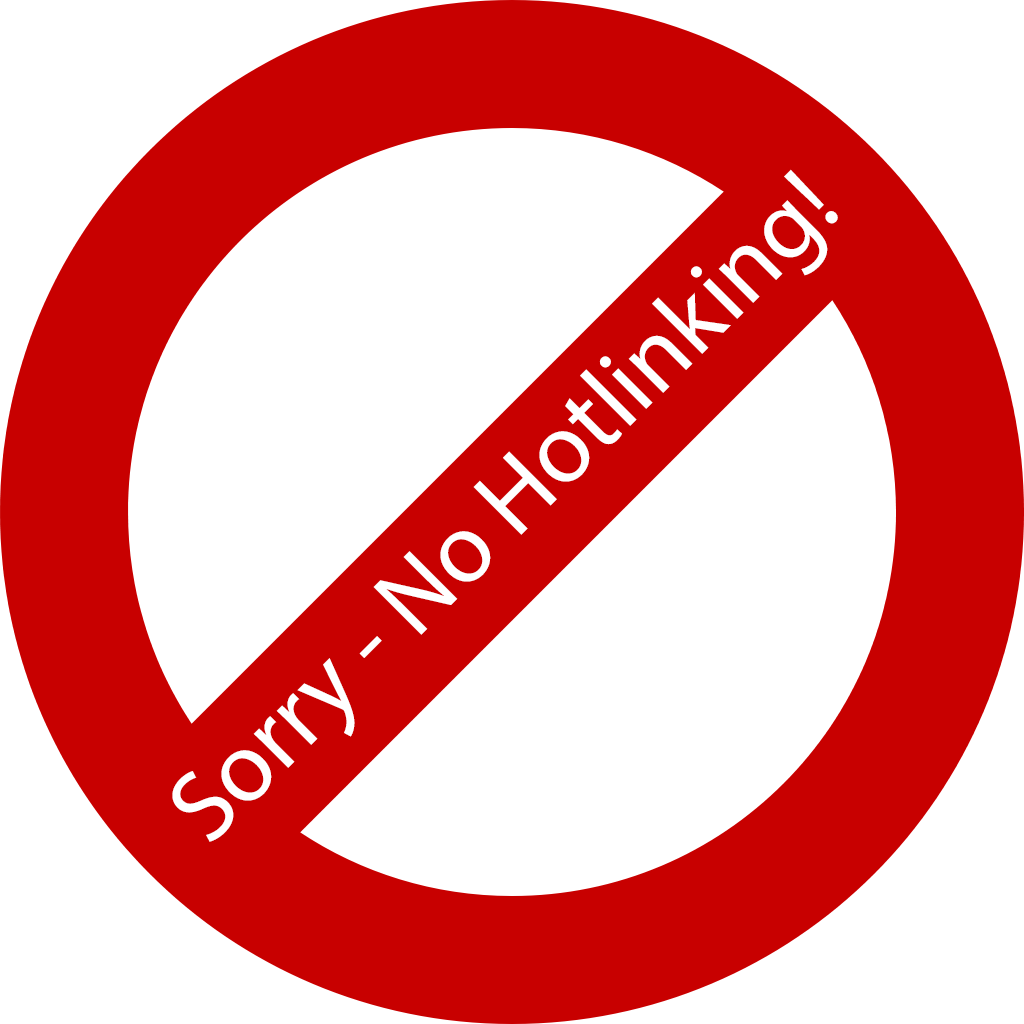
A set in Scarborough station on 15 September 1973 with DMCL E50584 closest. Alistair Ness..
1974
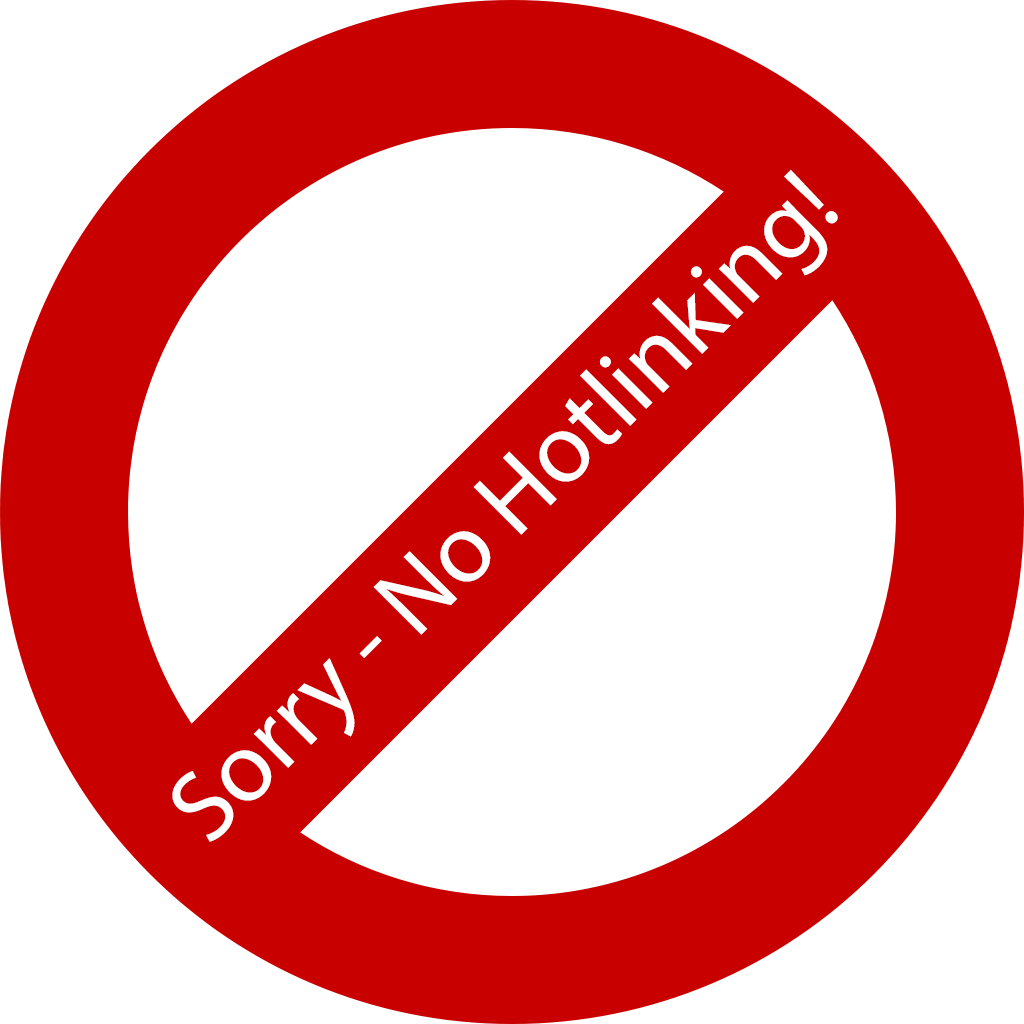
A three-car Set with 'Special' on the destination blind seen at Keighley on Saturday 30 March 1974. On the right is class 5MT steam locomotive 45212. Ian 10B.

A mixed formation DMU seen in Leeds station on 10th April 1974 formed of Class 104 DMBS E50598 with an Metro-Cammell car as the second vehicle. Bob Belcher.
On 16 December 1974 a set crashed into the buffers in Hull Paragon station. Three passengers were slightly injured.
1975
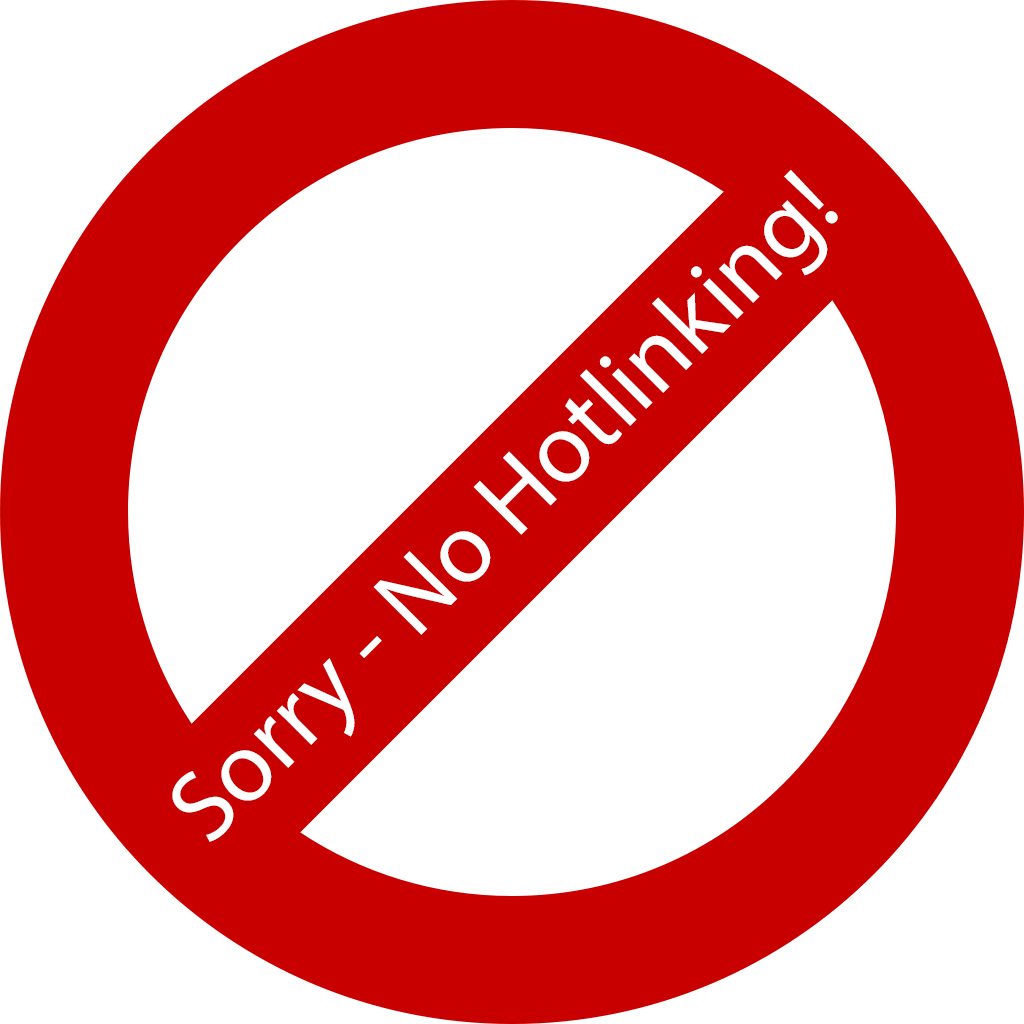
In Hull Paragon a four-car Class 104 forms the 15.48 Hull to Scarborough on 12 September 1975. Jeremy Chapter.
In October twenty Botanic Gardens vehicles, forming six 3-cars and a 2-car, were transfered to Norwich depot, giving the depot its first allocation of 104s. They were quickly followed by another 2-car (50595 + 56188) in November and another (50597 + 56186) in December. These were in exchange for 101s sent from Norwich to Hull.
1976
In January a further two Botanic Gardens TBSL triples moved to Norwich. It left Hull with just four Class 104 vehicles, centre cars (TSLs 59200, 59205, 59207 and 59231). Most would be noted running between Met-Camm power cars.

Class 104 DMBS E50598 and Class 101 DTC E56074 arrive into Shipley station with the 12:36pm Keighley - Leeds service on 19th April 1976. Michael Mensing..
From September South Gosforth would regain an allocation of Class 104 vehicles when it began to receive sets from Neville Hill. Fourteen vehicles had arrived by the end of the year, although there was in imbalance of six power cars against eight centre cars.
1977

The image shows E50564 at the end of a Class 104 set in Leeds Neville Hill depot on April 10, 1977. Rex Holt.
A number of Straford and Norwich vehicles returned to the (former) NER, to South Gosforth and Neville Hill depots.
1978

The 12:05 Newcastle-Benton-coast-Newcastle calls at West Monkseaton on 21 January 1978, the last day of services around the entire North Tyneside loop. Graeme Phillips Collection.
1979

In the image E59243 is seen at Huddersfield on 8/6/79. Trojan moquette can be seen on the seats in the DMC. Malcolm Clements.
TBSL 59200 moved from Hull to South Gosforth in May, no more of the Class would be allocated to Botanic Gardens depot.
1980

At the start of the year South Gosforth had 37 vehicles, all were gone by the end of summer, with the last part of the Tyneside Loop now under conversion to the Tyneside Metro system. One was stored (59216 in February), seven went to Newton Heath and the remainder to Darlington in August (13 power cars and 14 centre cars). One of these was 59219 in June, a few weeks later it moved to Newton Heath.
The image was taken at North Shields on the final day of the British Rail service prior to conversion to Tyneside Metro system — 10 August, with cars E50543 + E59224 + E59208 + E50586 awaiting departure to Newcastle. Graeme Phillips Collection.
1981
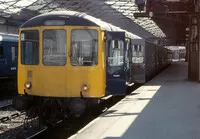
In February and March nine of the Darlington vehicles were withdrawn (five power cars and four centre cars), while nine vehicles moved to Newton Heath and Neville Hill.
Darlington received another centre car (59200) from Newton Heath at the start of March - it now had two power cars and five centre cars.
The image shows a three-car trailer brake set (E50567 + E59213 + E50547 ) in Huddersfield station on Friday 17 April 1981. David Russon.
Three vehicles moved from Darlington to Neville Hill in October.
1982
At the start of the year, the two Darlington power cars (50570 + 50576) and three of their centre cars moved to Neville Hill. It left the depot with just two centre cars, which would be withdrawn in March.

In the image DMCL E50554 is closest, part of a four-car set arriving at Doncaster to terminate on the early evening of 13 April 1982. Jeremy Chapter.
Neville Hill was now the only and final depot on the (former) region to have a Class 104 allocation, with 28 vehicles listed on 1/5/82. 26 of these would be withdrawn in May / June, the other two moved to Haymarket (59215) and Buxton (59229) in June.
References
- ⋏ "Diesel Trains in the N.E. Region" p175 15 August 1958 Railway Gazette
- ⋏ p246 August 1958 Railway Observer
- ⋏ p313 October 1958 Railway Observer
- ⋏ p198 October 1958 The Locomotive
- ⋏ p231 22 August 1958 Railway Gazette
- ⋏ p440 September 1959 Trains Illustrated
- ⋏ p252 August 1959 Railway Observer
- ⋏ p107 April 1965 Railway Observer
- ⋏ p20 The Allocation History of BR Diesel Multiple Units Part 3
- ⋏ North Eastern Stock Alterations p160 May 1963 Journal of the Stephenson Locomotive Society
- ⋏ p358 May 1963 Modern Railways, Ian Allan Publications
- ⋏ p386 December 1964 Railway Observer
- ⋏ p252 August 1965 Railway Observer
The Railway Observer is the journal of the Railway Correspondence and Travel Society
Summary
Ordering Details
Description
Interiors
Modifications
Single Engine Conversion
2-car diagrams & Works Pics
3-car diagrams & Works Pics
4-car diagrams & Works Pics
Numbering & Drivers Instructions
Liveries
Operations
Operations - North Eastern Region
Operations - Scotland
Accidents
Non-Passenger Use
Images
Details about preserved Class 104s can be found here.
Many thanks to Kevin Dowd for his assistance in the preparation of these pages, and to Eddie Knorn for further data.



